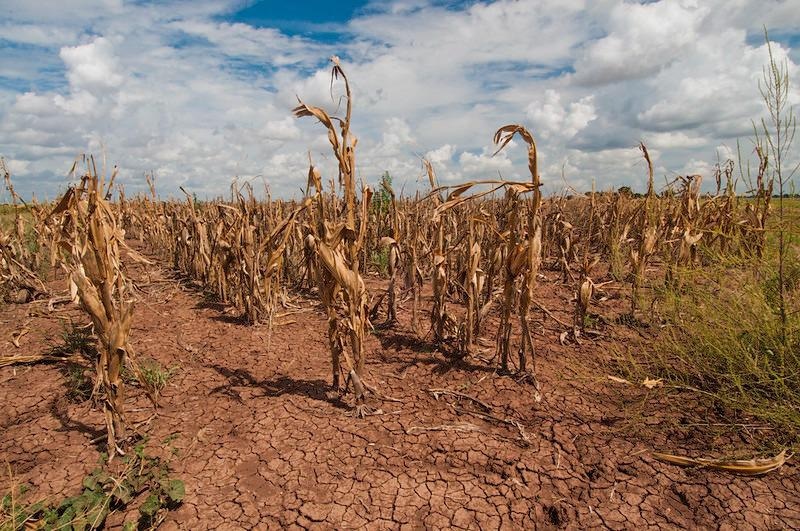
Water scarcity is a worldwide concern made worse by several factors, including population growth, urbanization, industrialization, climate change, and inefficient water management practices. This has resulted in several cities worldwide being severely stressed, including Chennai and Cape Town, which have both teetered on the brink of Day Zero (the point at which the city’s water supply will run out).
Countries that rely on farming are particularly at risk as drought, and erratic weather patterns make it harder to grow food. This can lead to hunger in communities and contribute to spreading diseases, such as water-borne diseases like cholera and typhoid, which account for more than 1.5 billion deaths annually. Water scarcity can also exacerbate poverty, as people have to spend more money on water, energy, and food to stay alive.
As water demand continues to increase, the world will experience more and more frequent water stress. According to a new report by the World Resources Institute (WRI), 25 countries, or a quarter of the global population, are now living with extreme water stress, which means they are using up their supply faster than it can be replenished. By 2050, 31% of the global economy will be exposed to high water stress, with India, Mexico, Egypt, and Turkey accounting for half of that figure.
The report called the Aqueduct Water Risk Atlas ranks the world’s nations by how water-stressed they are and looks at national and sub-watershed levels. While the United States does pretty well overall, it’s worth noting that the state of New Mexico and the Western Cape in South Africa ranks higher than many nations on WRI’s list due to their high levels of water stress.
As populations continue to expand and the demand for water rises, these stresses are expected to worsen. Some regions will see more severe droughts, while others may experience floods that deplete their supplies and contaminate their water systems. In addition, climate change will raise the risk of water stress by making rainfall more erratic and increasing temperatures that speed evaporation.
While solving this problem isn’t easy, several measures can be taken to mitigate the impact. One option is to invest in new technologies designed to help improve water efficiency and reduce the amount of wasted water. Another is to invest in sustainable water policies and support efforts to build more resilient communities. By taking these actions, the world can avoid a global water crisis and preserve its precious resource. The future of the planet depends on it.